11 Animals Famous For Their Lethal Defense Mechanisms
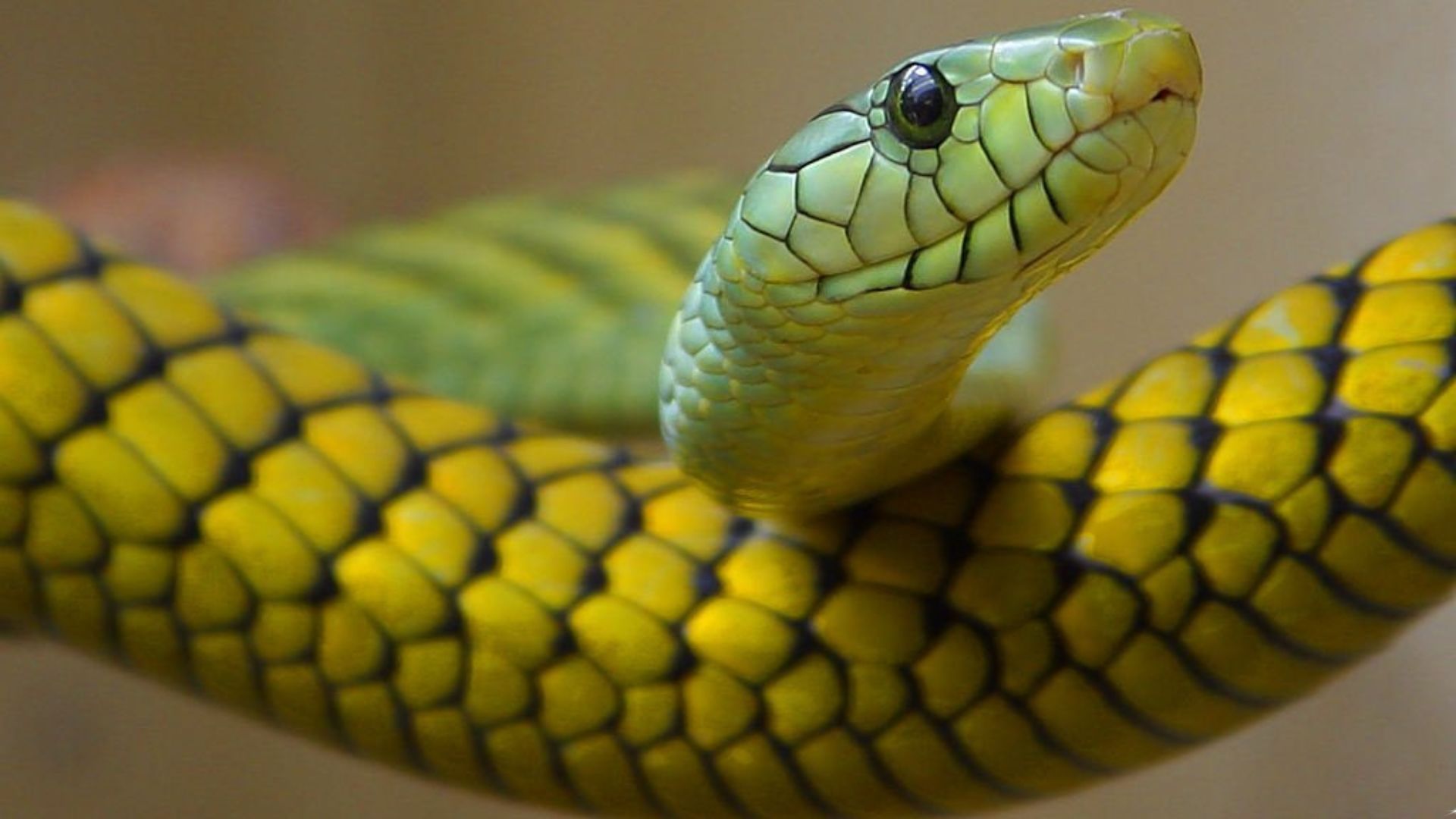
In the animal kingdom, survival often depends on more than just speed or strength. Many creatures have evolved extraordinary defense mechanisms that allow them to protect themselves from predators or rival species.
These adaptations range from venomous bites to sophisticated camouflage, and some are so effective they make these animals infamous for their ability to ward off danger.
Let’s see some animals that are renowned for their lethal defense strategies, showcasing the incredible ways nature has equipped them to stay safe and thrive in the wild.
1. Box Jellyfish
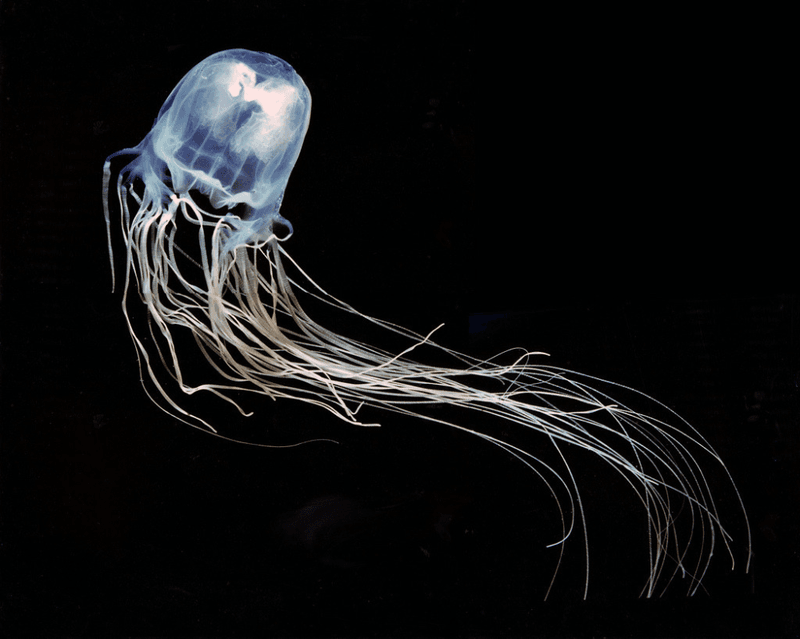
The box jellyfish, known for its cube-shaped medusa, is one of the most venomous creatures in the ocean. Found primarily in the warm coastal waters of the Pacific and Indian Oceans, its tentacles are lined with thousands of nematocysts, which are specialized cells that release toxins upon contact.
These toxins can cause heart failure, paralysis, and in extreme cases can be fatal, making the box jellyfish’s sting particularly lethal.
Despite its danger, the box jellyfish is an important part of the marine ecosystem, serving as both predator and prey in its oceanic environment.
2. Poison Dart Frog
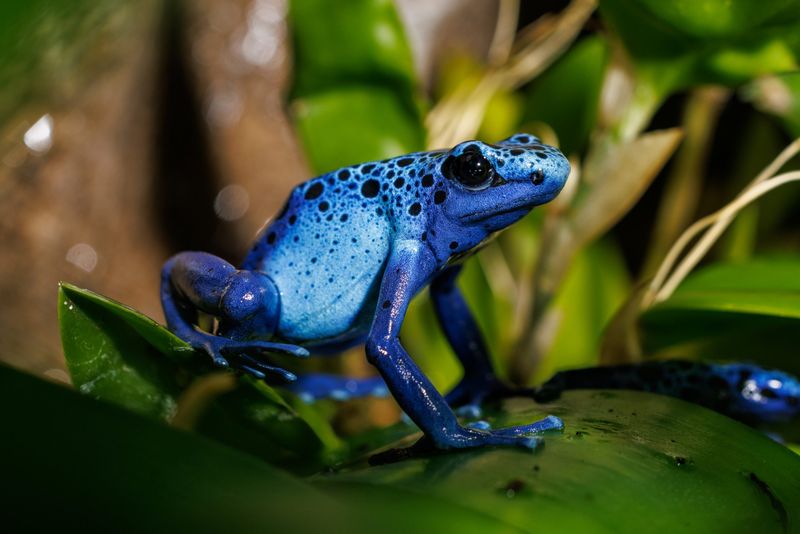
The poison dart frog, native to Central and South America’s tropical rainforests, is renowned for its vibrant colors and deadly toxins. These frogs secrete poison through their skin, which can cause severe pain, paralysis, and even be fatal to predators.
Indigenous tribes have historically used the frog’s toxins to poison the tips of blow darts, hence the name.
Despite their small size, poison dart frogs are a powerful example of how evolution can equip creatures with potent defenses, ensuring their survival in a habitat brimming with potential threats.
3. Stonefish
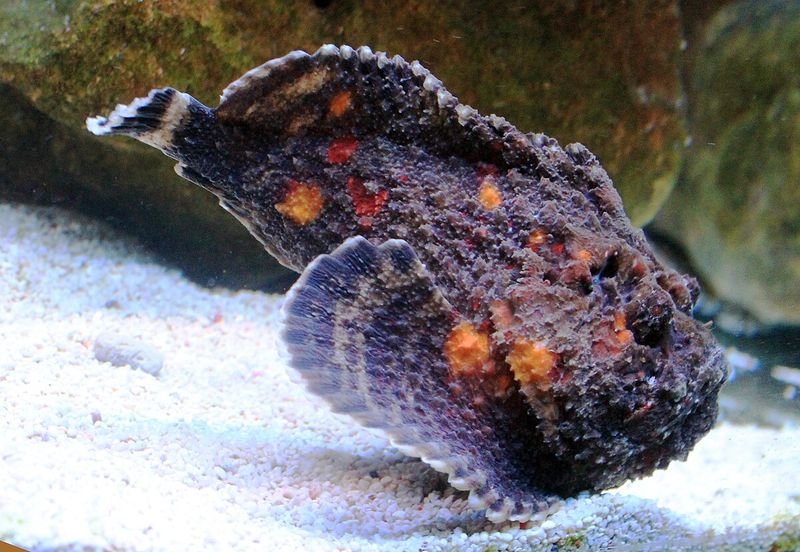
Stonefish are masters of camouflage, lying in wait on the ocean floor disguised as rocks. Found in the Indo-Pacific region, they possess highly venomous spines capable of delivering a painful and potentially fatal sting to unsuspecting predators or humans.
The venom can cause extreme pain, tissue necrosis, and in severe cases, heart failure, making it one of the most dangerous fish in the sea.
4. Pufferfish
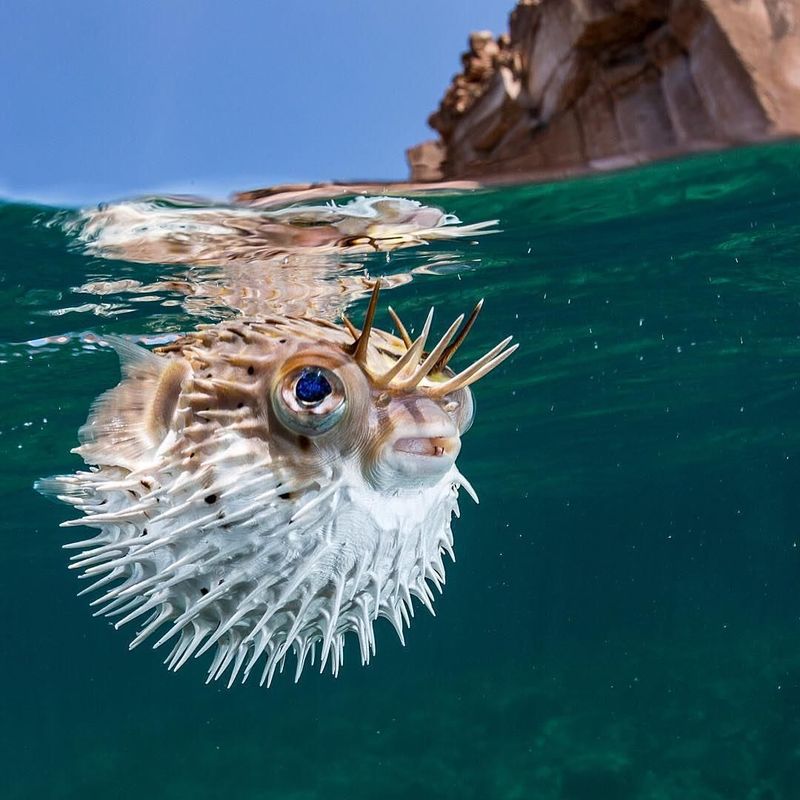
Pufferfish are known for their unique ability to inflate their bodies into a spiky ball when threatened. This defense mechanism is meant to deter would-be predators.
Additionally, pufferfish contain tetrodotoxin, a potent neurotoxin up to 1,200 times more lethal than cyanide, in their internal organs.
The combination of their inflatable defense and toxic nature makes pufferfish one of the most lethal marine animals. Despite their deadly reputation, pufferfish are a delicacy in some cultures, prepared by skilled chefs who understand the risks involved.
5. Portuguese Man o’ War
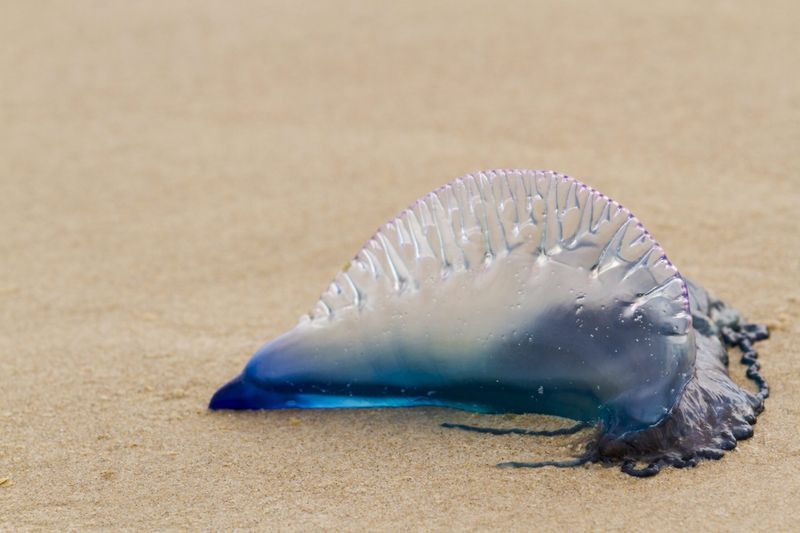
The Portuguese Man o’ War, often mistaken for a jellyfish, is actually a siphonophore—a colony of specialized individual animals working together. Its long tentacles are equipped with venomous nematocysts used to paralyze small fish.
While not usually lethal to humans, its sting is extremely painful and can cause allergic reactions.
These creatures drift on ocean currents, their gas-filled bladders acting as sails.
6. Komodo Dragon
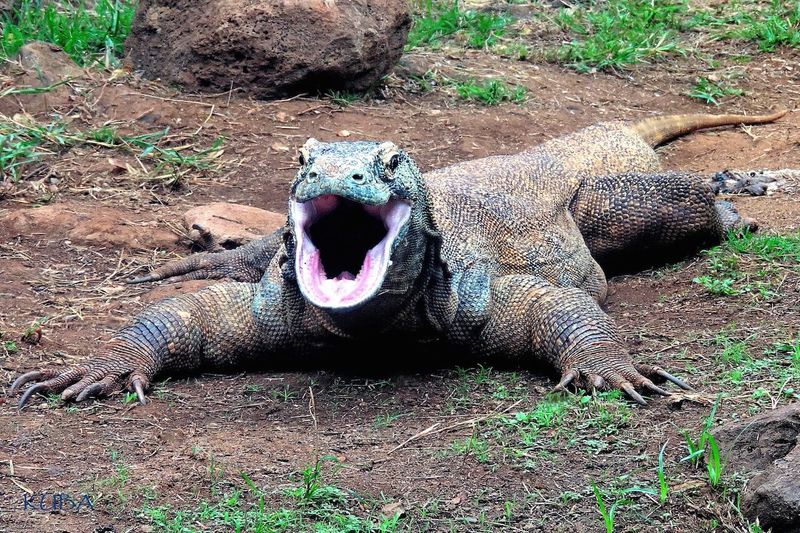
The Komodo dragon, native to Indonesia, is the largest living species of lizard and a formidable predator. It employs a unique combination of physical power and toxic bacteria in its saliva to incapacitate prey.
After delivering a bite, the Komodo waits patiently for the bacteria to weaken its target before devouring it.
This methodical hunting strategy makes the Komodo dragon one of the most efficient and lethal predators in its ecosystem.
7. Boomslang Snake
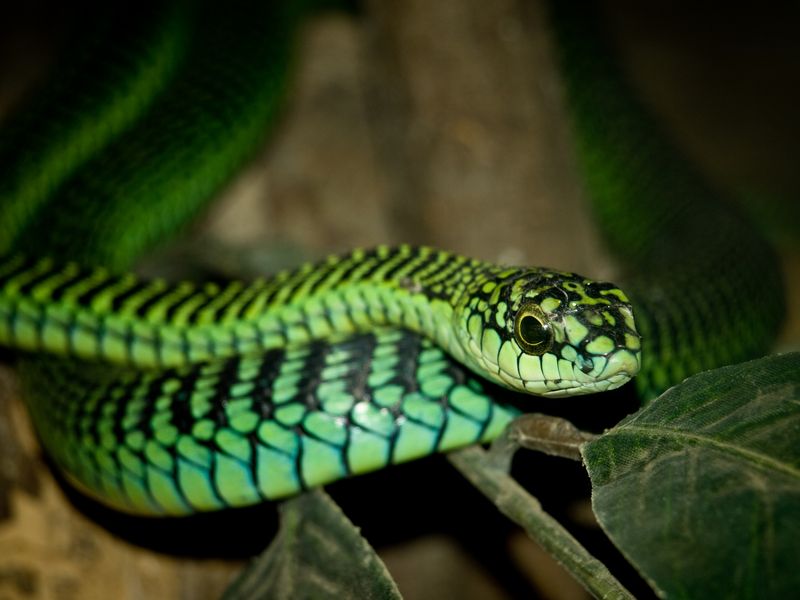
The Boomslang snake, native to sub-Saharan Africa, is a highly venomous, rear-fanged snake known for its potent hemotoxin. This toxin disrupts blood clotting, potentially causing fatal internal and external bleeding.
Unlike many other venomous snakes, the Boomslang’s fangs are located at the back of its jaw, requiring a deep bite to envenomate.
Due to its arboreal nature, it remains well-camouflaged in trees, striking only when threatened.
Despite its potential danger to humans, the Boomslang is generally shy and prefers to avoid confrontation, contributing to its elusive reputation.
8. Bombardier Beetle

Credit: Shutterstock
The Bombardier Beetle is an extraordinary insect with one of the most unique and lethal defense mechanisms in the animal kingdom. When threatened, this beetle ejects a boiling, noxious chemical spray from its abdomen.
This reaction occurs in a specialized chamber within its body, where two chemicals—hydroquinone and hydrogen peroxide—mix and rapidly heat to near boiling temperatures.
The beetle directs this explosive spray with remarkable accuracy, deterring predators such as frogs, birds, and spiders. The heat and toxicity of the spray can cause serious harm to predators, making the beetle a small but formidable adversary.
Its ability to create a chemical explosion inside its body and deploy it as a weapon is a marvel of natural engineering and an effective survival strategy.
9. Skunk
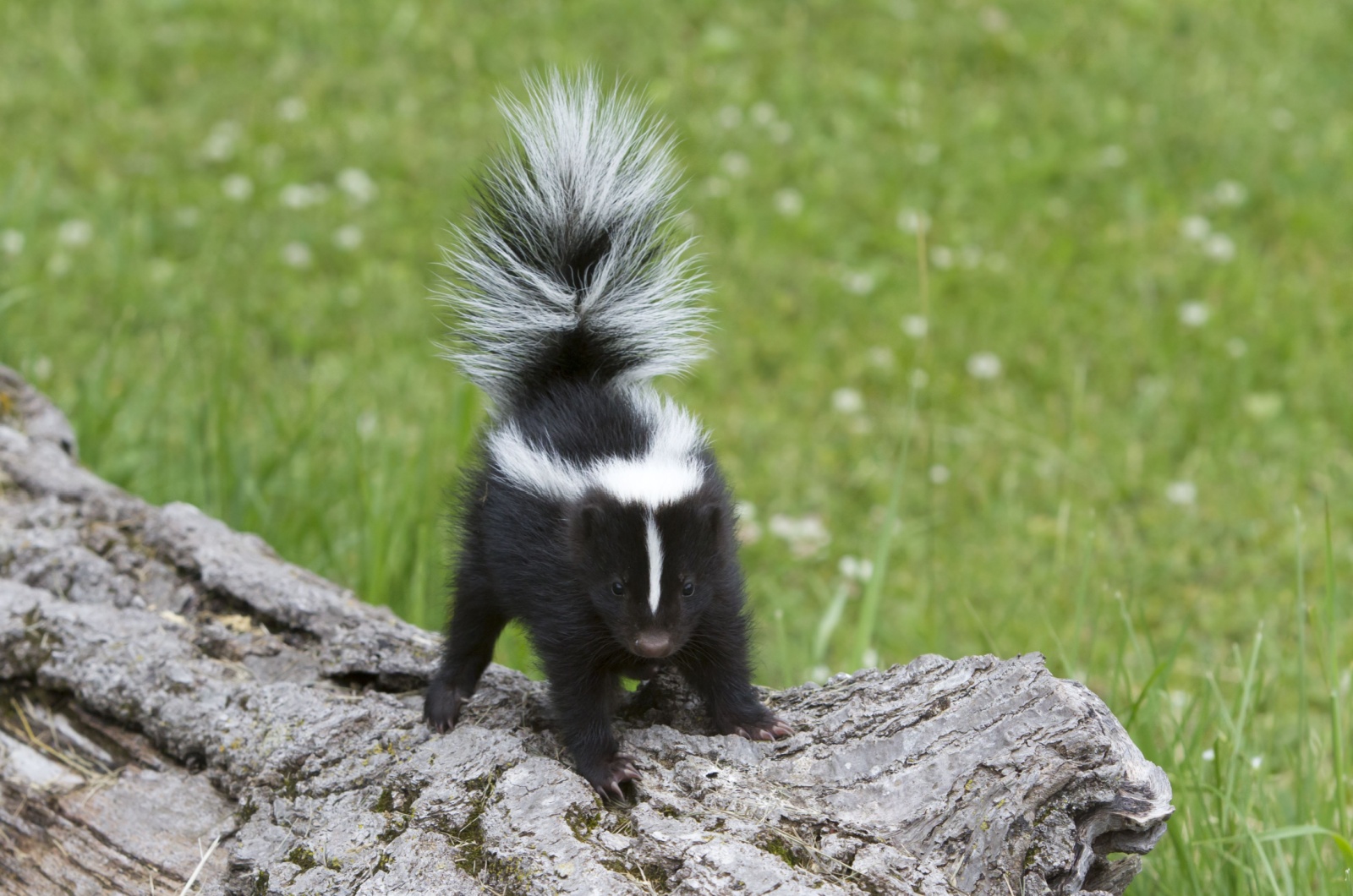
Credit: Shutterstock
The skunk is infamous for its potent and highly effective defense mechanism: spraying a foul-smelling liquid from its anal glands.
When threatened, the skunk warns its potential attacker by stomping its feet or raising its tail. If the warning is ignored, the skunk releases a sulfur-based chemical spray that can travel up to 10 feet with precision.
This spray causes intense irritation, temporary blindness, and a lingering, overpowering odor that can last for days, discouraging most predators from ever trying again.
Despite its relatively small size, the skunk’s reputation for this odorous defense keeps it safe from many would-be attackers. This simple yet highly effective strategy ensures the skunk’s survival in the wild while earning it a place among nature’s most iconic defenders.
10. Electric Eel

Dwelling in the Amazon, the electric eel’s shock is legend. Capable of generating up to 600 volts, it uses electricity to stun prey and deter threats.
This shocking ability is due to specialized cells called electrocytes.
Predators and humans alike feel the jolt, making the electric eel a master of defense. Its power is both its shield and hunting tool. Interestingly, researchers explore its electric organ for bio-battery developments. However, it’s best admired from a distance. This aquatic marvel electrifies curiosity and caution alike.
11. Cassowary

Donning vivid colors, the cassowary is not just a visual delight but a force of nature. With powerful legs and dagger-like claws, this bird defends fiercely.
Capable of delivering fatal kicks, it stands as a formidable opponent. Cassowaries prefer to avoid conflict, yet when cornered, they unleash their strength.
Though shy, their reputation as ‘world’s most dangerous bird’ is well-earned. Inhabitants of tropical forests, their presence is a reminder of nature’s raw power. Conservation efforts focus on their habitat preservation. Their lethal defense is both their survival tool and legend.






